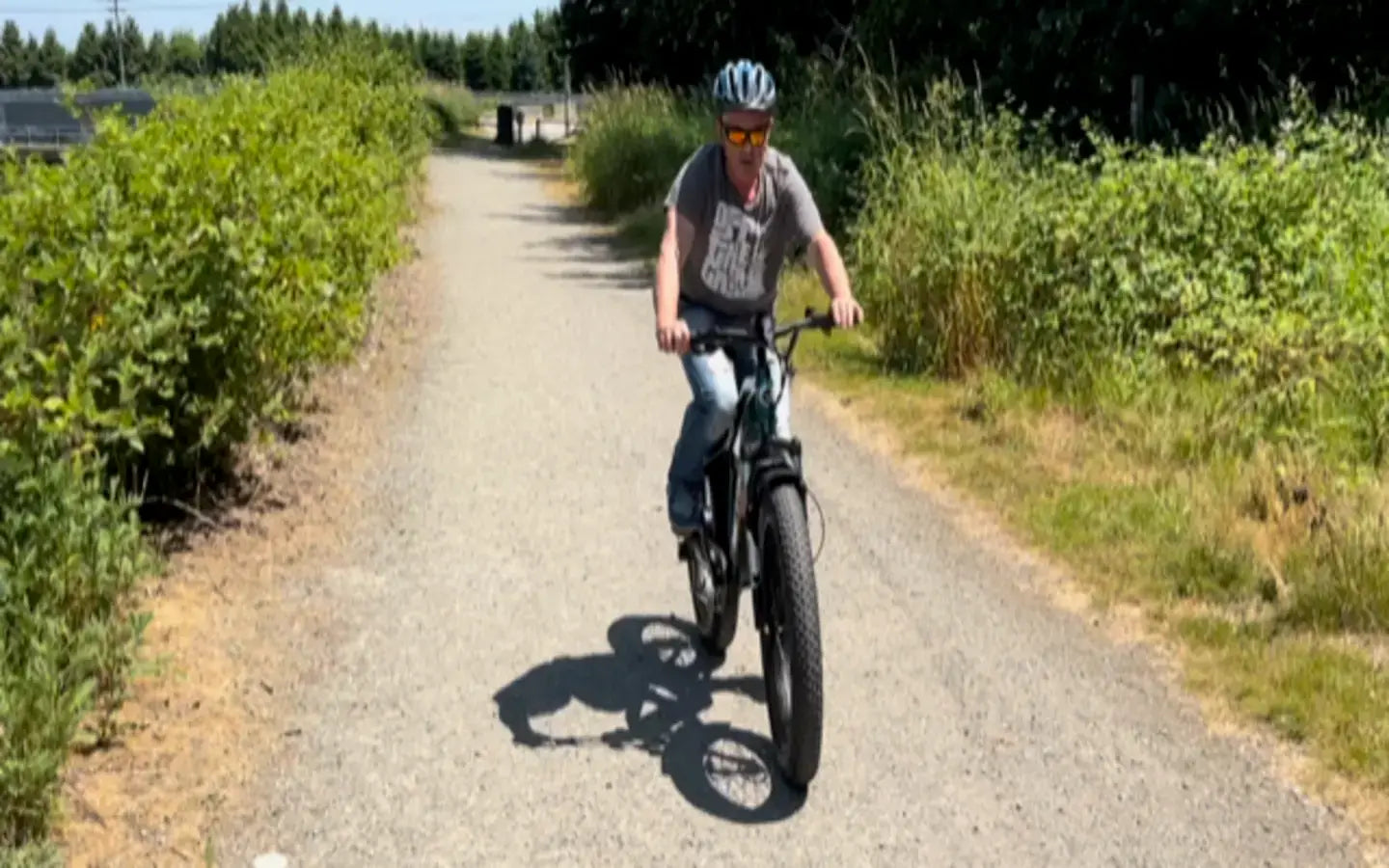
- by LiuJiazhu
What Maintenance Tips Ensure Adult Electric Bike Longevity?
- by LiuJiazhu
Proper maintenance of adult electric bikes requires prioritizing battery care with regular charging cycles, brake system inspections for safety, tire pressure optimization, and thorough component lubrication. Avoid deep discharges and extreme temperatures while using manufacturer-recommended parts for replacements.
Preserve battery health through shallow discharge cycles (20-80% capacity), monthly balancing charges, and temperature-controlled storage. For example, storing a battery at 50% charge in 15-25°C environments slows chemical degradation. Pro Tip: Use a smart charger with automatic shutoff to prevent overcharging damage.
Lithium-ion batteries degrade 30% faster when stored fully charged versus partial charge. Implement weekly charge cycles even during storage periods—a hibernating battery loses 2-5% charge monthly. Practically speaking, riders should plan routes to maintain 20% reserve power, as complete discharges accelerate cell aging. Why risk premature replacement? A $800 battery pack lasts 4 years with proper care versus 18 months with neglect.
| Practice | Benefit | Frequency |
|---|---|---|
| Partial Charging | Reduces cell stress | Daily |
| Terminal Cleaning | Prevents voltage drops | Monthly |
Optimize charging by maintaining 25-35°C ambient temperatures and using original equipment manufacturer (OEM) chargers. Deep discharges below 10% capacity strain controller circuits—equivalent to running a car engine without oil.
Modern chargers employ three-stage charging: bulk (0-80%), absorption (80-100%), and float maintenance. For urban commuters, stopping at 90% charge preserves 15% more cycle life compared to full charges. Beyond battery considerations, stable voltage inputs protect the motor controller’s MOSFET transistors from power surges. Ever noticed flickering lights during charging? That indicates inadequate circuit capacity—upgrade to 20-amp dedicated lines for safe, efficient power delivery.
Proper tire pressure (35-50 PSI) reduces motor load by 18% and prevents sidewall cracking. Underinflated tires increase rolling resistance—like pedaling through wet concrete—forcing the motor to work harder.
Check tread depth monthly using the quarter test—if Washington’s head remains visible, replace tires. For puncture prevention, install tubeless sealant annually and inspect rim tapes after impact. Consider this: A 750W motor consumes 23% more energy when tire pressure drops 15 PSI below recommendation. Rotate tires every 500 miles to ensure even wear patterns, especially on mid-drive models with rear weight bias.
Inspect hydraulic brake pads every 300 miles and replace when thickness falls below 1.5mm. Mechanical disc brakes require biweekly cable tension adjustments to maintain <2mm rotor wobble tolerance.
Contaminated brake fluid absorbs moisture, reducing boiling points by 40°C annually—flush systems every 12 months. For urban riders, sintered metal pads outlast organic compounds 3:1 in stop-and-go traffic. Remember that glazed rotors decrease stopping power 30%—resurface using 120-grit sandpaper in crosshatch patterns when squealing occurs.
Use pH-neutral cleaners and microfiber cloths for weekly washes, focusing on chainlines and electrical contacts. Pressure washers exceeding 100 PSI force water into bearings—the equivalent of sandblasting delicate components.
After washing, lubricate chains with wet/dry lube appropriate for local climates. For coastal riders, apply dielectric grease to battery terminals quarterly—salt air accelerates corrosion 5x faster than inland environments. Did you know? A single mud-coated ride can abrade paint coatings, creating rust nucleation points within 72 hours without proper cleaning.
Schedule annual drivetrain inspections and torque checks on critical bolts (motor mounts, stem, seatpost). Software updates for controllers and displays often resolve efficiency issues—many manufacturers release biannual firmware patches.
Specialized tools like torque wrenches (4-6Nm for electrical connectors) and bearing presses are essential for precise adjustments. For example, improperly tensioned spokes in hub motors can warp rotors 0.3mm per 100 miles—enough to cause brake drag. Pro mechanics use oscilloscopes to diagnose power delivery anomalies invisible to basic multimeters.
No—high-speed centrifugal force separates automotive formulas. Use bicycle-specific sealants rated for 50+ PSI and 30mph speeds.
How often should chain lubrication occur?Lubricate every 100-150 miles or after wet rides—over-lubricating attracts abrasive contaminants faster than dry chains.
Share:
What Safety Features Protect Adult Electric Bike Riders?